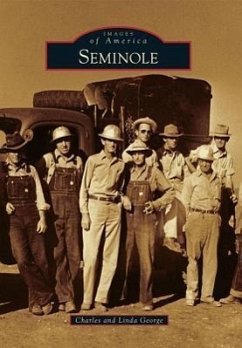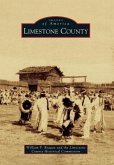Seminole got its name from former slaves who escaped Southern plantations in the early 1800s and fled to the swamps of Florida. They lived alongside Seminole Indians and later came to be known as Black Seminoles. Renowned for excellent tracking abilities, they eventually served as guides for the Shafter expedition to West Texas in the mid-1870s, which opened the region. In a shallow draw on the prairie, the Black Seminoles discovered water wells dug by the Comanche. The "Seminole Wells" demonstrated the area's livability. Settlers arrived a few decades later, and by 1905, Gaines County and its county seat were established. This small town became Seminole. Ranching was the area's first industry, but it was eclipsed in the 1920s with the discovery of oil. Today, Seminole is a thriving multicultural farming and oil-producing center with excellent schools, a booming economy, and the friendliest people around.
Hinweis: Dieser Artikel kann nur an eine deutsche Lieferadresse ausgeliefert werden.
Hinweis: Dieser Artikel kann nur an eine deutsche Lieferadresse ausgeliefert werden.








